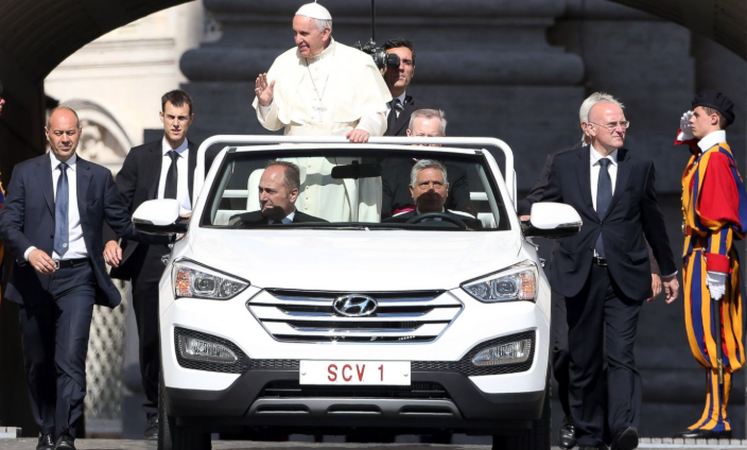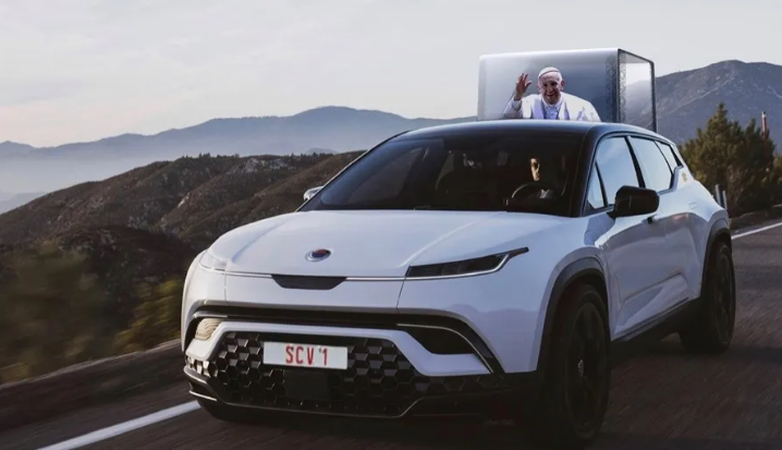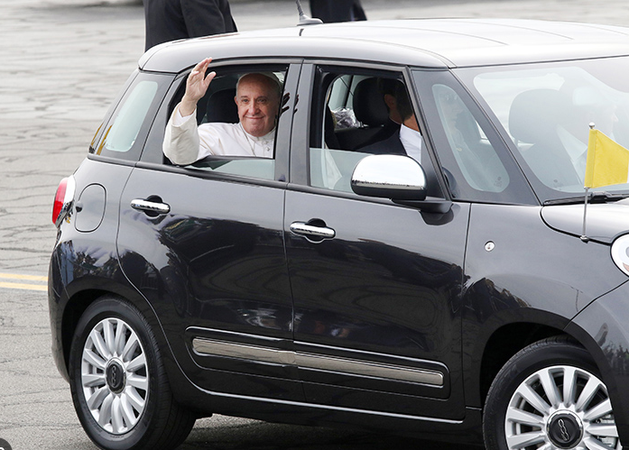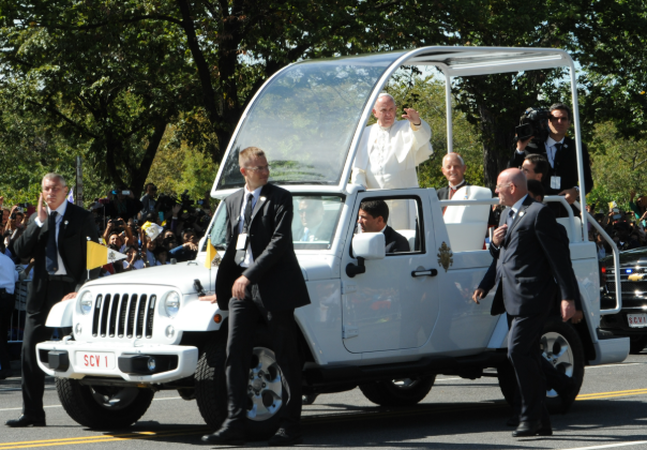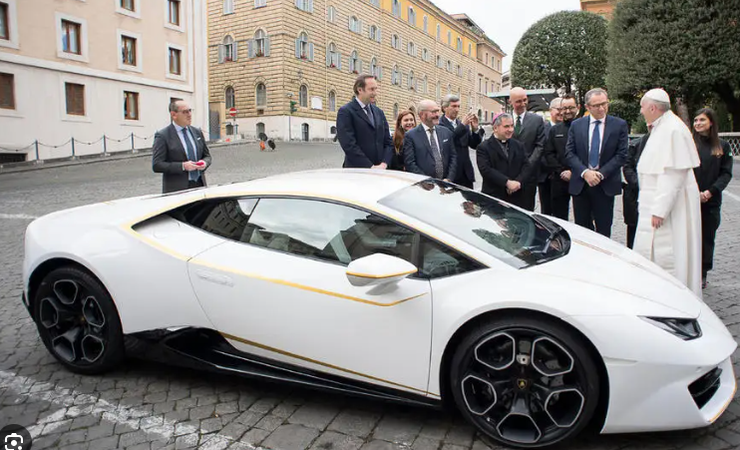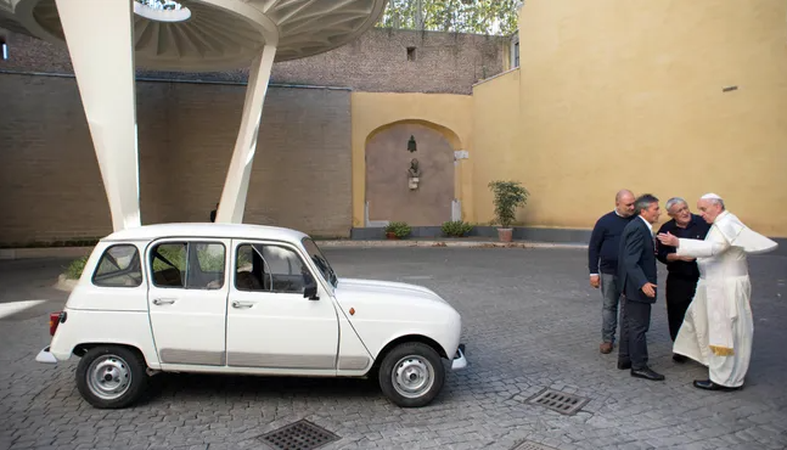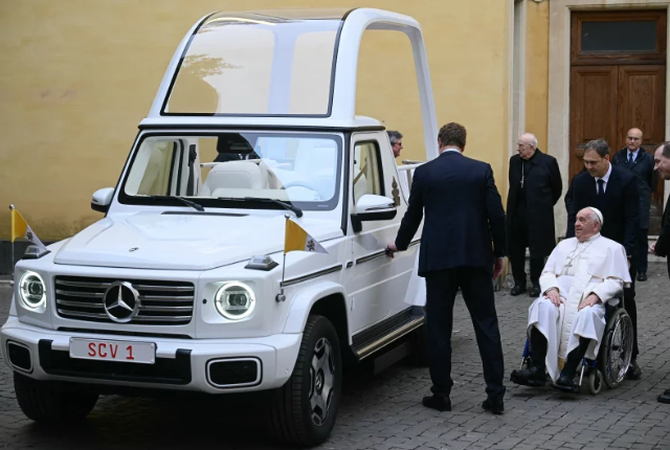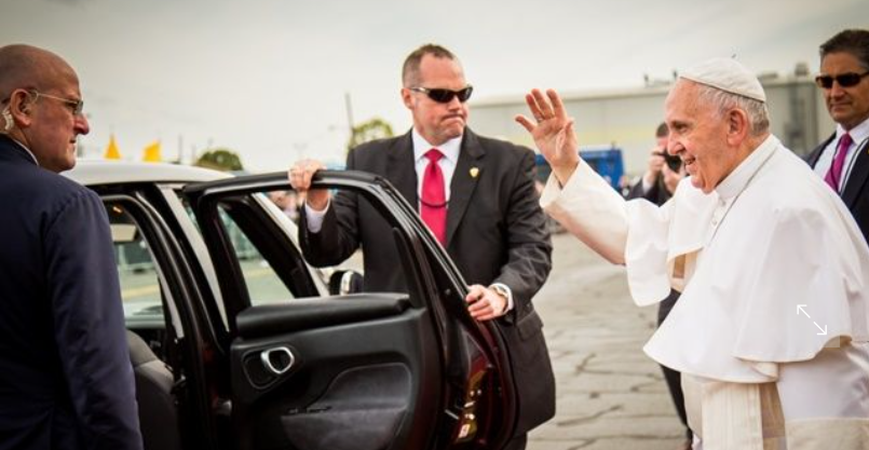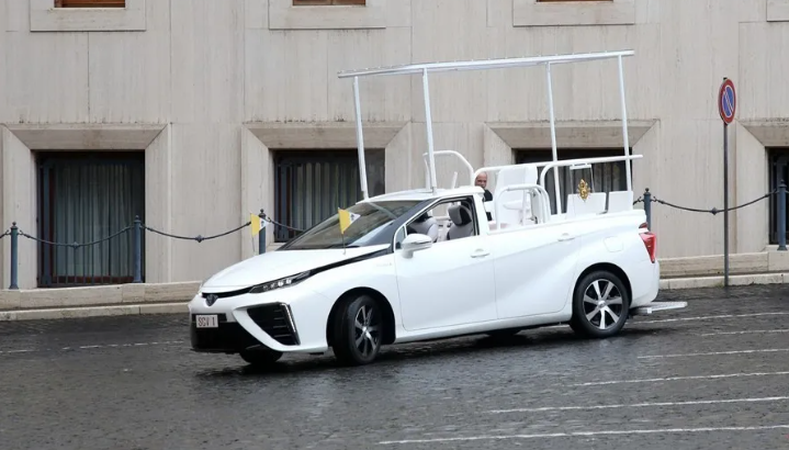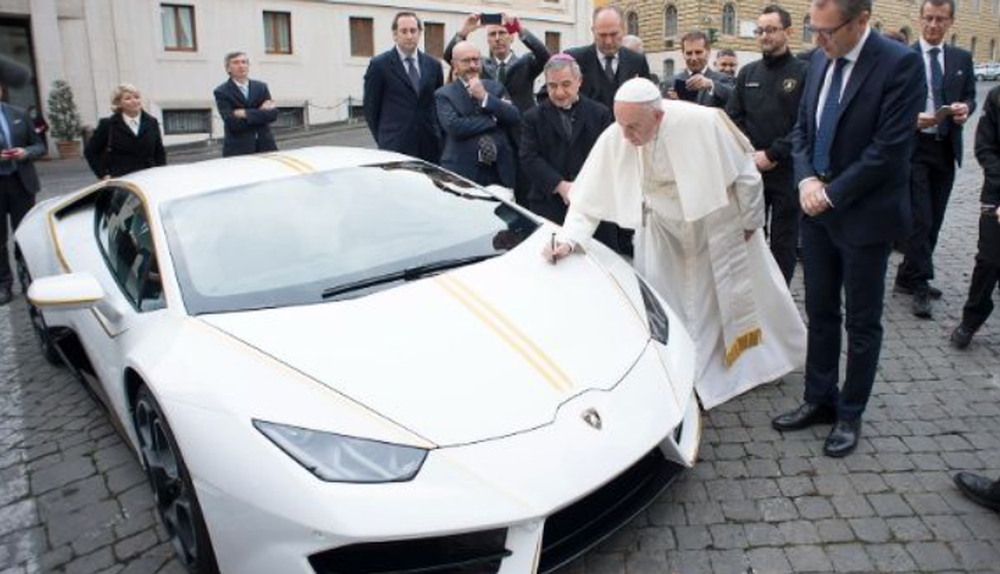
Pope Francis has been noted for his preference for simple means of transportation and for his gradual shift toward environmentally friendly vehicles. Unlike previous popes who often used luxury armored cars, Francis has chosen a variety of vehicles – from small economy cars to Papal cars designed especially for him – with a focus on humility, contact with the world, and ecological sensitivity.
In this homage we will list the most important vehicles used by Pope Francis during his mandate.
Pope Francis has adopted a more frugal lifestyle from the start, which is reflected in his means of transportation. From the first day of his election in 2013, he eschewed limousines and preferred to travel in a van with his fellow cardinals. A few months later, he asked priests and nuns to avoid expensive, luxurious cars.
"It hurts me when I see a priest or a nun with the latest model car, you can't do that. A car is necessary for many jobs, but, please, choose a simpler one. If you like flashy things, think about how many children are dying of hunger in the world," the Holy Father said.
One of Pope Francis’ first choices of vehicles at the Vatican was a dark blue Ford Focus instead of the traditional limousine. It was a simple 2006 car, originally from the Vatican fleet, which the new Pope accidentally spotted while passing by and requested to use instead of the luxurious Mercedes with the license plate “SCV 1” . This Ford Focus was suitably armored and was used for his trips within Rome and for official visits.
Shortly after taking office, Francis received a special gift, a vintage 1984 Renault 4L with 300,000 kilometers on the odometer. The Pope not only received the modest Renault 4, but he himself got behind the wheel and drove it around the Vatican, leaving his security men speechless. The white Renault 4 with Italian Verona license plates thus became a symbol of the “poor Church” envisioned by Francis.
When the Pope visited the United States in 2015, he sent a strong message with his choice of car. Upon arriving in Washington, he drove a small black Fiat 500L . The image of the powerful religious leader in a family car amidst a convoy of armored SUVs was striking. The choice of Fiat was also linked to his ecological vision, and the car was later auctioned off for charity.
Francis often used open Popemobiles - modified jeeps or pickup trucks - to get closer to people.
OPEN CARS:
Jeep Wrangler - in the US, Ecuador and elsewhere.
Kia Soul - in South Korea.
Hydrogen Toyota Mirai - in Japan.
Isuzu D-Max - in the Philippines.
Renault Logan - in Armenia.
Mahindra KUV 100 - in Africa.
Peugeot Hoggar pickup - in Cuba.
The Pope adapted to each country, often using vehicles manufactured in the countries he visited, aiming for contact with the people and symbolic simplicity.
In 2019, the Pope received a specially configured Dacia Duster 4×4 from Renault. The white convertible was manufactured in Romania and had a modified space so he could stand up and greet the crowd. The vehicle was used during his visits and became another symbol of affordable transportation.
Pope Francis has occasionally received luxury gifts – such as a Lamborghini Huracán and a Harley-Davidson – which he auctions off for charity. These moves demonstrate the consistency of his stance, with the idea that luxury is turned into support for the weak.
In recent years, the Pope has been moving towards electric mobility. The Vatican has launched an ecological transition program that will be completed by 2030, and the Pope uses a Nissan Leaf for daily commutes, a hydrogen-powered Toyota Mirai converted into a "Popemobile," and a Fisker Ocean is being designed for him.
The Vatican’s action promotes zero emissions and the acceptance of electric mobility as an act of care for creation. In December 2024, the Pope purchased the first fully electric Popemobile, a new Mercedes G-Class . The vehicle has a raised throne, an open roof, a special platform and all the safety features. Its delivery took place in the framework of the Jubilee Year 2025. Mercedes collaborated with the Vatican for fully electric mobility, offering a zero-emission vehicle.
The Pope has repeatedly stated that caring for the environment is a moral and social duty. He has advocated a simple life and the avoidance of luxurious means of transportation, saying that the Church should be “poor and for the poor.”
He had expressed his desire not to be isolated behind armored glass and to stay close to people, even if this posed a risk to his safety. (A2 Televizion)

